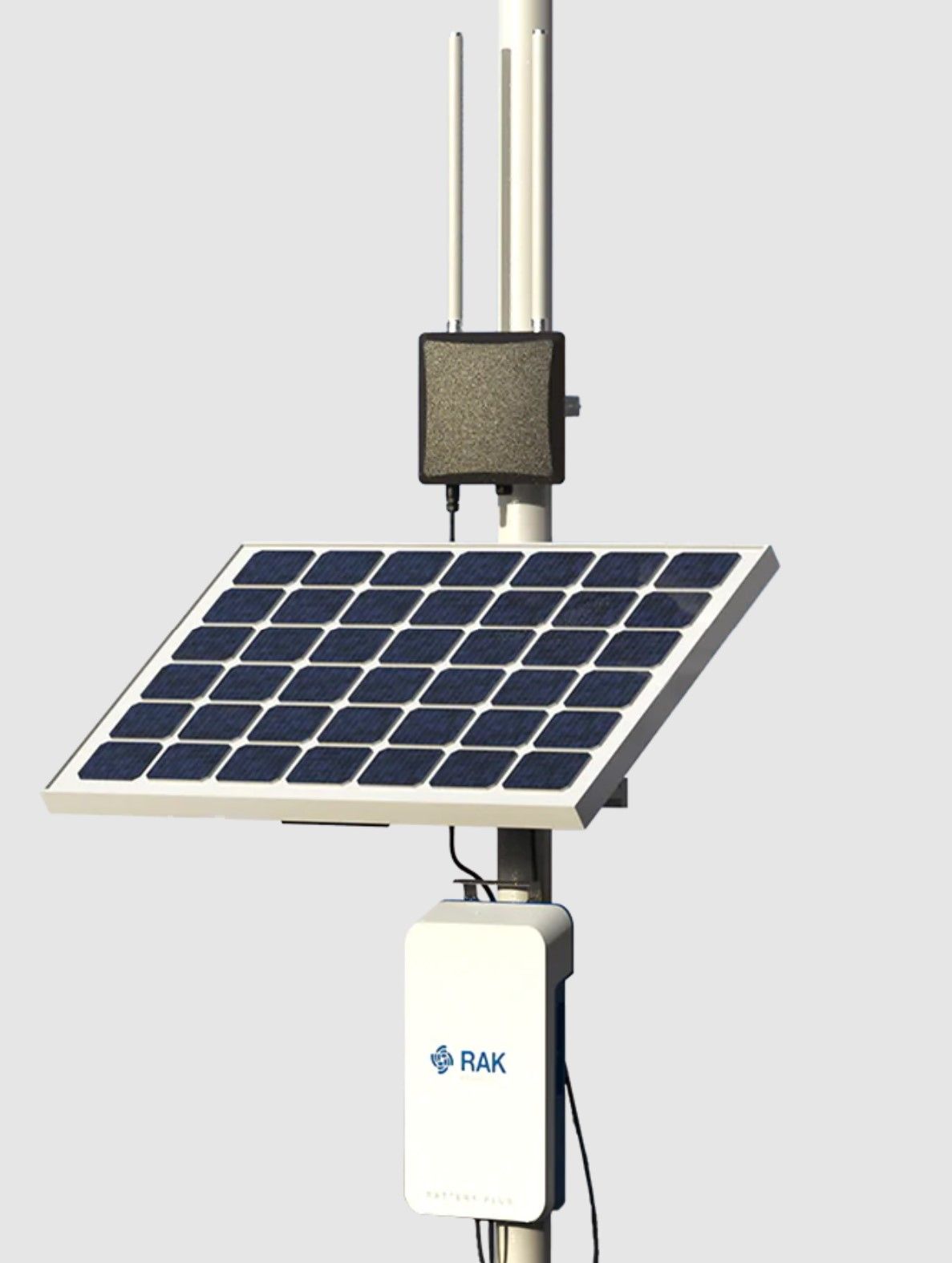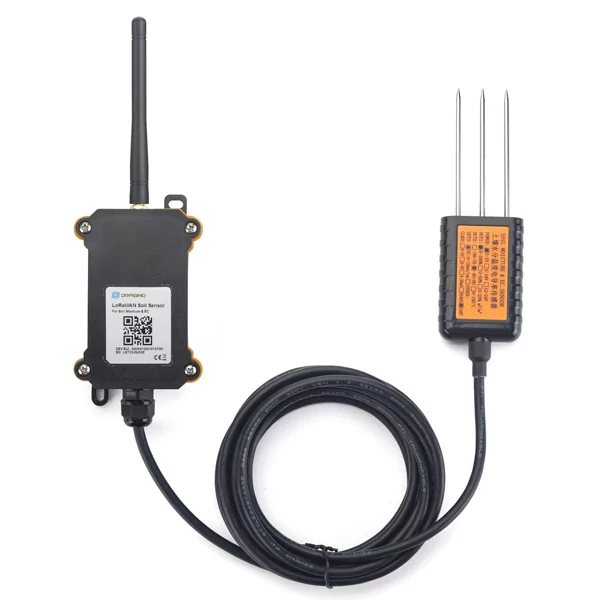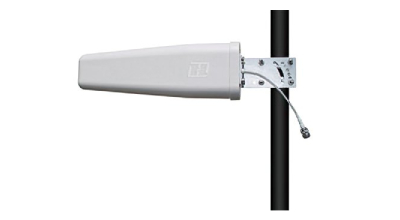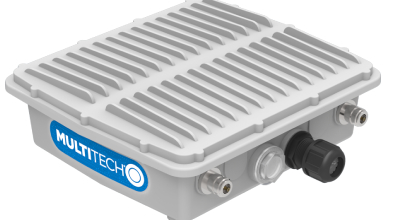
LoRaWAN Network Deployments
LoRaWAN (Long Range Wide Area Network) is a widely adopted, low-power wide-area network (LPWAN) protocol designed for Internet of Things (IoT) devices and applications. It offers long-range communication, low power consumption, and secure data transmission, making it ideal for various IoT deployments. This article will discuss the different types of LoRaWAN networks – public, private, and hybrid – and provide insights into network planning and coverage.

Public LoRaWAN Networks
A public LoRaWAN network is a large-scale network deployed and managed by a service provider or a network operator. These networks are typically designed to serve multiple users and applications, with the network operator providing access to its infrastructure, resources, and management services. Some of the key characteristics of public LoRaWAN networks include:
- Wide coverage: Public LoRaWAN networks can cover vast geographical areas, providing seamless connectivity to IoT devices and applications.
- Shared resources: Users share network resources, such as gateways and network servers, which reduces the cost of deployment and maintenance.
- Subscription-based model: Users pay a subscription fee to the network operator for access to the network infrastructure and services.

Considerations of a Public LoRaWAN network
When deploying or using a public LoRaWAN network, several factors should be considered to ensure a successful and efficient implementation. These considerations include:
- Coverage area: Evaluate the geographical area that the public LoRaWAN network covers to ensure that it meets the requirements of the intended IoT applications. Consider urban and rural environments, building density, and terrain, as these factors can influence signal strength and coverage.
- Network operator: Choose a reputable and reliable network operator with a proven track record in deploying and managing public LoRaWAN networks. Consider the operator's expertise, support services, and the quality of their infrastructure.
- Service level agreement (SLA): Review the SLA provided by the network operator to understand the quality of service (QoS) guarantees, uptime, latency, and other performance metrics. Ensure that the SLA aligns with the requirements of your IoT applications.
- Data security and privacy: Assess the network operator's security measures and data handling policies to ensure that sensitive data is protected and privacy regulations are adhered to. Public networks may have multiple users, increasing the risk of security breaches.
- Network scalability: Ensure that the public LoRaWAN network can accommodate future growth in the number of IoT devices and applications. Consider the network's capacity to handle increased traffic and its ability to expand coverage as needed.
- Cost structure: Evaluate the cost structure of the public LoRaWAN network, including subscription fees, data usage charges, and any additional costs associated with network access and services. Compare these costs to the potential benefits of using a private or hybrid network.
- Integration and interoperability: Consider the ease of integrating your IoT devices and applications with the public LoRaWAN network. Ensure that the network supports the required communication protocols and device profiles and is compatible with your existing infrastructure.
- Support and maintenance: Assess the network operator's support services, including technical assistance, troubleshooting, and maintenance. Determine if these services meet your organization's needs and expectations.
Private LoRaWAN Networks

A private LoRaWAN network is deployed, owned, and managed by an individual organization or a consortium for its specific use case. Private networks are ideal for organizations that require complete control over their IoT network infrastructure, data security, and application management. Key characteristics of private LoRaWAN networks include:
- Customized infrastructure: Organizations can deploy a network tailored to their specific requirements, ensuring optimal performance for their applications.
- Enhanced security: Private networks offer better security as organizations have full control over their data and network access.
- Higher costs: Private networks often involve higher initial investments and maintenance costs due to the need for dedicated infrastructure and management resources.
Hybrid LoRaWAN Networks
Hybrid LoRaWAN networks combine the best of both public and private networks, offering a flexible and scalable solution that can cater to diverse IoT requirements. These networks are typically deployed by organizations that require specific customization and control but also need to leverage the benefits of public networks, such as wide coverage and reduced costs. Hybrid networks can be designed in various ways, depending on the organization's needs and priorities.
LoRaWAN Network Planning and Coverage

Effective planning is crucial for the successful deployment of a LoRaWAN network. Organizations need to consider various factors, including:
- Coverage area: Determine the geographical area that the network must cover, taking into account urban and rural environments, building density, and terrain.
- Network architecture: Choose between a public, private, or hybrid network based on the organization's specific needs and objectives.
- Gateway deployment: Plan the optimal number and placement of gateways to ensure robust network coverage and redundancy.
- Capacity and scalability: Evaluate the network's capacity to handle the expected number of IoT devices and ensure that it can scale to accommodate future growth.
- Security and compliance: Implement security measures to protect network infrastructure and data, and ensure compliance with relevant regulations.
Conclusion
LoRaWAN network deployment offers a range of options to suit various IoT applications and requirements. Organizations can choose between public, private, or hybrid networks depending on their specific needs and priorities. A well-planned LoRaWAN network ensures optimal coverage, performance, and security, enabling organizations to harness the full potential of IoT technology.


